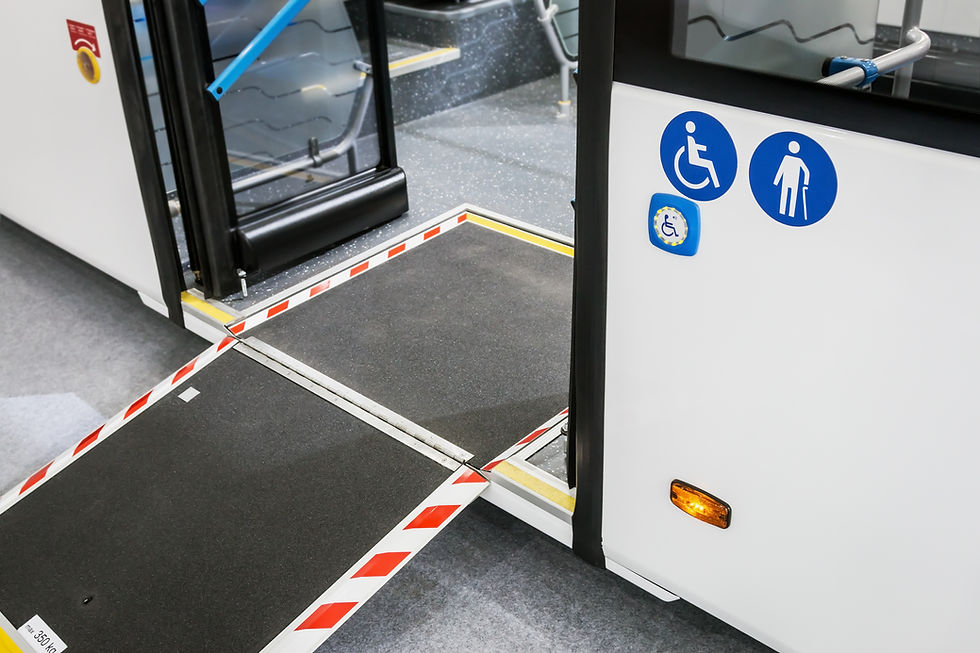Enhancing E-Learning Courses with Advanced Instructional Design Techniques
- MB Finigan
- Sep 19, 2024
- 2 min read
Updated: Sep 25, 2024
In the ever-evolving world of education and training, the role of instructional designers cannot be overstated. These professionals are tasked with creating engaging and effective learning experiences for students and employees. With the rise of e-learning, the demand for advanced instructional design techniques has never been higher.

Harnessing the power of advanced instructional design techniques can elevate e-learning courses to new heights. By incorporating innovative strategies, such as personalized learning paths, interactive simulations, and gamification elements, designers can create dynamic and immersive learning experiences that capture learners' attention and drive knowledge retention. One effective technique is the use of personalized learning paths, which allow students to progress through the course at their own pace and focus on areas where they need the most help. This individualized approach not only enhances the learning experience but also improves overall performance outcomes. Another powerful tool in an instructional designer's arsenal is interactive simulations. Designers can help bridge the gap between theory and practice by creating realistic scenarios that learners can engage with. This hands-on approach reinforces key concepts and provides valuable experience that learners can apply in real-world situations. Gamification is another technique that is gaining traction in the world of e-learning. By incorporating game-like elements, such as points, badges, and leaderboards, designers can make learning fun and engaging. This motivates learners to complete the course and fosters a sense of competition and camaraderie among participants. Incorporating these advanced instructional design techniques requires creativity, technical expertise, and a deep understanding of learning theory. Designers must carefully plan and execute their strategies to ensure that they align with the course objectives and the target audience's needs. By leveraging the power of advanced instructional design techniques, designers like me can create e-learning courses that are informative and engaging but also impactful and memorable. These innovative approaches have the potential to revolutionize the way we learn and train, opening up new possibilities for education and professional development in the digital age.



Comments